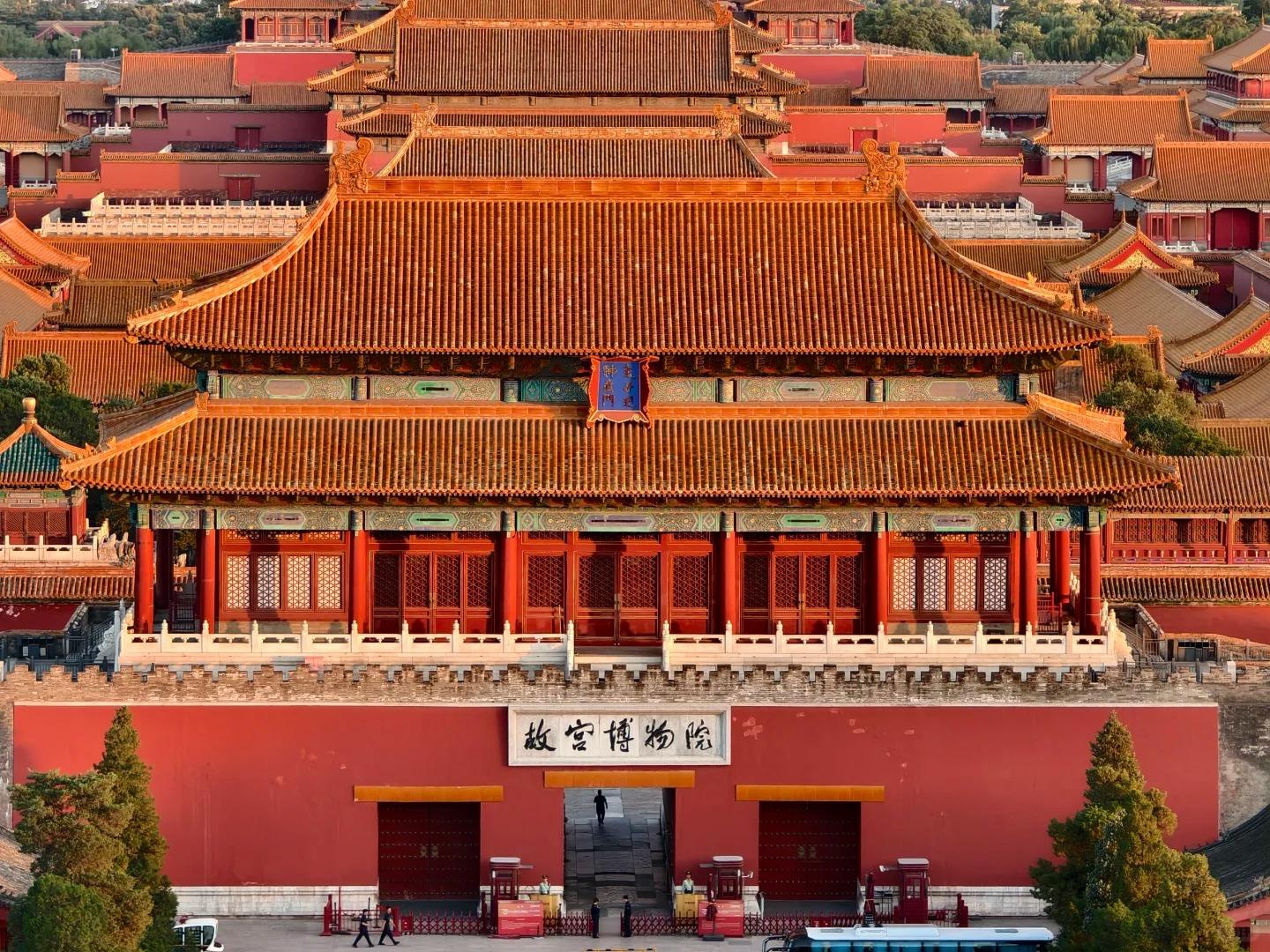Introduction to Chinese Palaces
Chinese palaces stand as testaments to the nation’s rich history, serving as the epicenters of power, culture, and artistic achievement for millennia. These sprawling complexes, with their intricate designs and symbolic features, offer a window into the soul of Chinese civilization.
Palace architecture in China is characterized by its grandeur, symmetry, and adherence to traditional philosophical principles. From the imposing halls of state to serene private gardens, every element is imbued with meaning.
As seats of imperial power, palaces were more than mere residences. They were the stages upon which the drama of Chinese history unfolded, shaping the nation’s destiny for generations.

Historical Evolution of Chinese Palace Architecture
The evolution of Chinese palace architecture spans several dynasties:
| Dynasty | Period | Key Characteristics |
|---|---|---|
| Shang | 1600-1046 BCE | Bronze-age structures, focus on ritual spaces |
| Zhou | 1046-256 BCE | Introduction of city planning principles |
| Han | 202 BCE-220 CE | Expansion of palace complexes, use of stone |
| Tang | 618-907 CE | Increased grandeur, influence of Buddhism |
| Song | 960-1279 CE | Refinement of garden design within palaces |
| Ming & Qing | 1368-1912 CE | Peak of palace architecture, standardized designs |
Early palaces were primarily ceremonial centers. The Zhou dynasty introduced the concept of the “imperial city,” setting the stage for future developments.
Han dynasty palaces grew in scale and complexity, incorporating stone structures alongside traditional wooden buildings. The Tang period saw an increase in Buddhist influence and greater architectural ambition.
The zenith of Chinese palace design came during the Ming and Qing dynasties, exemplified by the Forbidden City in Beijing. These later palaces combined centuries of architectural wisdom with unparalleled craftsmanship.

Key Elements of Chinese Palace Design
Chinese palace design is governed by several key principles:
- Layout and Feng Shui:
- North-south axis alignment
- Symmetrical arrangement of buildings
- Incorporation of natural elements (water, hills)
- Symbolic Features:
- Use of the color red (symbolizing good fortune)
- Prominence of the number nine (associated with the emperor)
- Dragon motifs (representing imperial power)
- Common Structures:
- Grand halls for state affairs
- Inner courtyards for private life
- Gardens for relaxation and contemplation
The interplay of these elements creates a harmonious whole, reflecting the Chinese view of the cosmos and the emperor’s role within it.

Famous Chinese Palaces
The Forbidden City (Beijing)
The epitome of Chinese palace architecture, the Forbidden City served as the imperial residence for nearly 500 years. Its 980 buildings span 72 hectares, making it the world’s largest palace complex.

Summer Palace (Beijing)
A masterpiece of Chinese landscape garden design, the Summer Palace blends natural beauty with architectural splendor. Its Longevity Hill and Kunming Lake offer a tranquil retreat from the bustle of imperial life.

Potala Palace (Tibet)
Perched high in Lhasa, the Potala Palace is a unique blend of Chinese and Tibetan architectural styles. Once the winter palace of the Dalai Lama, it now serves as a museum and UNESCO World Heritage site.

Other notable palaces include the Old Summer Palace in Beijing, the Mukden Palace in Shenyang, and the Prince Gong Mansion in Beijing.
Life Within the Palace Walls
Daily life in Chinese palaces was highly regimented. The emperor’s day typically began with early morning audiences, followed by administrative duties and cultural pursuits.
Palace life involved a complex hierarchy of officials, eunuchs, and servants, each with defined roles. Eunuchs often wielded significant influence, serving as intermediaries between the emperor and the outside world.
Cultural activities, such as poetry composition, calligraphy, and musical performances, were integral to palace life. These pursuits reflected the ideal of the emperor as both political leader and cultural exemplar.

Preservation and Restoration of Chinese Palaces
Preserving ancient palace structures poses significant challenges, including:
- Weather damage and natural decay
- Impact of mass tourism
- Balancing authenticity with modern safety requirements
Major restoration projects, such as the ongoing work at the Forbidden City, aim to address these issues. These efforts involve painstaking research and traditional craftsmanship to maintain the palaces’ historical integrity.
The challenge lies in balancing conservation with public access, ensuring these cultural treasures can be enjoyed by future generations.

Experiencing Chinese Palaces as a Traveler
For travelers, Chinese palaces offer an unparalleled glimpse into the nation’s history and culture. Here are some tips for palace visits:
- Best Times to Visit: Early morning or late afternoon to avoid crowds and harsh midday sun
- Must-See Features:
- Forbidden City: Hall of Supreme Harmony, Palace of Heavenly Purity
- Summer Palace: Long Corridor, Marble Boat
- Potala Palace: White Palace, Red Palace
Cultural Etiquette:
- Dress modestly
- Respect restricted areas
- Avoid touching artifacts or structures
To enhance your palace experience, consider combining visits with other historical sites. For example, pair a trip to the Forbidden City with a visit to the nearby Temple of Heaven or Jingshan Park for a panoramic view of the palace complex.
Chinese palaces stand as enduring monuments to the nation’s rich cultural heritage. Whether marveling at the grandeur of the Forbidden City or strolling through the gardens of the Summer Palace, visitors can immerse themselves in the splendor of imperial China, gaining a deeper appreciation for the artistry and symbolism that shaped these magnificent structures.






